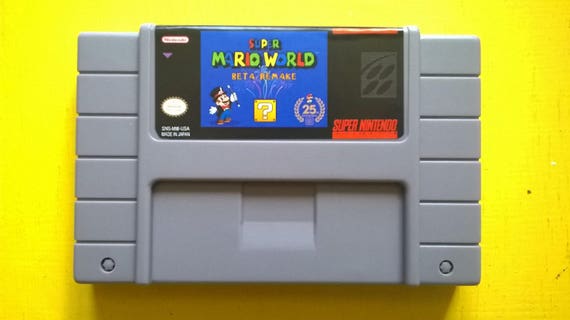
Mario 64 speed-runners today make level traversal look like a walk in the park! Which can actually become super technical depending on how quick and responsive your fingers are on the trigger. These movement abilities let the player experiment and hone their skills with fun free-running mechanics. Jumping around Super Mario 64’s playgrounds is still mad fun today! Too bad the aspect ratio is only SD (4:3) on Switch… Whilst pressing Z+A when sprinting makes Mario long-jump to help land on faraway platforms. For example, performing 3 moving jumps in rhythmic succession grants him a final, soaring leap into the air. Mario can pull off a range of acrobatics to climb and navigate the levels, all being context-specific. A core component of why it’s still remembered so fondly today. This gameplay design was perfect for sucking you in and not letting go. Collecting stars and hearing Mario’s iconic “Here we goooo!” as the camera pans out from the vibrant, variety-filled landscapes. Each time you completed a task in-level, you’d be forced to re-enter the stage via painting again to try out another objective. Allowing players to experience sprawling 3D playgrounds in short, dopamine-fuelled doses.


So what made Super Mario 64 such a critical and commercial success? Well, it was one of the biggest mechanical shifts in gaming technology at the time. Games such as Banjo Kazooie and Crash Bandicoot may have expanded upon the formula, but they wouldn’t be here today without this landmark title. Cementing itself as the foundation for the modern-day platformer. Released all the way back in 1996 this red hat-wearing behemoth exploded in sales on the Nintendo 64 and subsequently became a major household name. With the recent release of Super Mario: 3D All-Stars, let’s re-visit one of the pioneers of the platformer genre, Super Mario 64 and see how well it holds up…


 0 kommentar(er)
0 kommentar(er)
